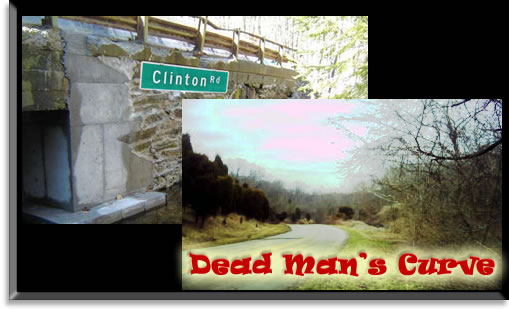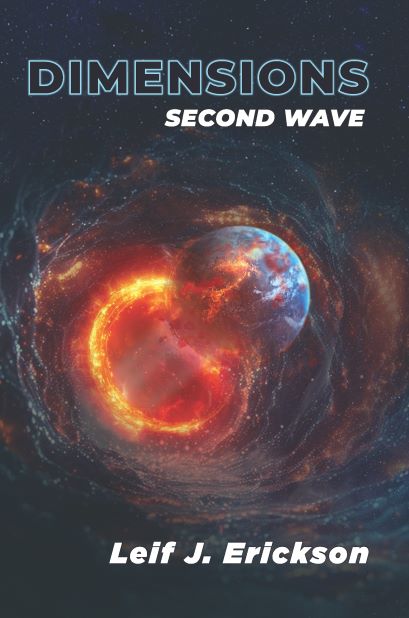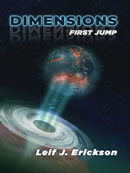Uncategorized
The De-Extinction of the Wooly Mammoth
The De-Extinction of the Wooly Mammoth
We live in an age where scientific discoveries happen so quickly that only the biggest, grandest discoveries make the news anymore. With the advent of computers, science has taken off at light speed, breaking down barriers and walls that just fifty years ago would have been considered impossible. The medical advances have greatly improved longevity and quality of life, electronics have fundamentally changed entertainment and how we communicate, and new discoveries are coming out in how we power our lives, moving us from the fossil fuels of the past to renewable sources. All this technology is creating a life no one could dream of, but what if this technology was used to bring an animal back from the past; de-extinction?
This isn’t a dinosaur park but a serious discussion about what scientists are now planning. As a story teller and science fiction writer, the idea of bringing an extinct species back is a truly exciting concept. In 1990, the novel, Jurassic Park was released, followed in 1993 by the movie, telling the story of a park that genetically engineered dinosaurs. The subsequent interest in cloning and de-extinction took on a fever pitch fueled by a compelling story. The hurdles that would need to be overcome are immense, but there are scientists who are up to the task. Currently, there is serious discussion into the attempting to bring the wooly mammoth back to life. Is it truly possible or nothing but science fiction dreaming? Follow along as we take a look how scientists believe they will bring back the extinct wooly mammoth.
The wooly mammoth (Mammuthus primigenius) was a large, hairy, elephant-like creature with front tusks that could grow up to fifteen feet long that lived until about 4,000 years ago. Hunted by early humans for their meat and heavy fur coats, mammoth remains have been found in Siberia, Alaska, Asia, and under the ice in other cold parts of the world. The majority of the mammoths went extinct at the end of the last ice age, around 10,000 years ago due to hunting and climate change, while a group continued living on Wrangel Island, of the cost of Siberia, until 1700 BCE.
The mammoth was has been depicted in cave paints all over the world. Mammoth hides and remains have been found with early humans. It is estimated that early humans would need almost an entire village to take down the mammoth, everyone working together to capture and kill the beast, but, weighing in at up to 6 ton, the mammoth could feed a village for a long time. Other studies suggest that mammoths were scavenged by the villagers, being too large to take down with their primitive tools. Mammoth bones were used as structure for housing, mammoth hide for clothing and walls. Like the buffalo to the Native Americans, early man wasted no part of the mammoth.
Like the modern elephant, the wooly mammoth needed a varied diet to sustain its growth and size. Grasses, flowering plants, shrubs, mosses, and tree matter comprised the majority of the mammoth diet. To maintain the massive size, the adult mammoth would need to consume around 400 pounds of food daily and would often spend up to twelve hours of every day grazing for food.
The mammoth didn’t live in the frozen tundra as some modern myths depict. They lived in an area that stretched across northern Asia along with parts of Europe and North America known as the mammoth steppe or the tundra steppe during the last ice age. The area was similar to the grassy steppes of modern Russia, but the flora and fauna was more diverse and grew at faster rates. This area was not covered in ice and snow but was believed to be in a high-pressure area at the time.
Due to the massive size of that mammoth, the creatures are more susceptible to climate and habitat change. When their home changes it’s much harder for a large species like the mammoth to find suitable conditions to move to. During the Quaternary Extinction Event which began 40,000 years ago and peaked around 14,000 years ago, the vast majority of the mammoths died off. As the two mile thick sheets of ice that covered parts of the world started to melt and recede, as weather patterns changed and changed again in short periods of time, the mammoth lost its home and wasn’t able to find a suitable replacement in time.
Now that we’ve looked at how the mammoth lived and died, let’s investigate how they might be brought back, de-extinction at its finest. To create a real mammoth we first must have the proper genetic material. Mammoth’s haven’t been extinct that long. Mammoth remains contain useable DNA. Bodies of naturally mummified mammoths have been found in in bogs and tundra. Intact frozen mammoths have been found, speaking to the sudden climate changes the mammoths had to deal with.
Just having the DNA of the extinct creature isn’t enough. The DNA must be useable and contain the essential information scientists need to recreate the creature. Starting around 2008, an international team of scientists starting working to catalogue the wooly mammoth genome. The DNA from three elephant species and two wooly mammoth species have been catalogued and documented.
Scientists have been able to compare the wooly mammoth genome to the modern elephant genome and made startling discoveries as to how closely the animals are related, and to how the wooly mammoth braved the cold weather of the last ice age. The Scientists have discovered many different proteins and gene sequences that reveal information about skin and hair development, metabolism, temperature control, and other information related to the biology and life of the mammoth.
With this information, the complete genome, scientists can begin working on the cloning process. Using fetus material from modern elephants, the wooly mammoth could be brought back to life in a cloning process or using the differences in the modern elephant compared to the wooly mammoth, scientists could reverse engineer an elephant embryo into a wooly mammoth.
Although no one has yet attempted to clone the great ice age beast, there are theoretical models for how it could be done. Scientists have mapped the process out on computers. It has been discussed in scientific circles. The technology is there for the first tests to begin. Now that the science has gotten to the point where we could theoretically clone a wooly mammoth, making it the first species to experience man-made de-extinction, the question becomes why? Why should we do this?
The simplest answer that any scientist is going to give is that someone, somewhere will try this if the technology exists. If that’s the case, it should be done by professionals, working in the most state of the art labs with strict oversight to be sure that the rules of science are obeyed. Keeping this in the public forum and open to outside observation is a way to ensure that any results are treated with the utmost, humane respect.
The next answer as to why this should be done is to gain knowledge into a world we can only speculate about. The ice age ended around 12,000 years ago yet there are still more questions than answers about it today. With all the recent speculation about man made climate change, it is imperative that we look at natural climate change and how it fundamentally changed our world only 12,000 years ago. Studying the mammoth can give us insight into how the climate naturally changed and how it’s happening again.
Another reason for bringing the mammoth back is a new animal source for food and clothing. A stretch of the imagination for sure, but this experiment could lead to new discoveries in how we raise and process our food supply today. The mammoth might contain enzymes that, when injected into a cow, prevents bacteria or allows the meat to store longer. There’s no telling what we could learn from the mammoth and how it might affect our world. The mammoth requires vast amounts of food and large areas for grazing so the thought of a mammoth ranch might be a bit far-fetched, but studies could yield amazing information.
The main debate for the pros and cons of cloning an extinct animal hinges on the ethics of the situation. Cloning an extinct animal is just another step closer to cloning a human, which has been seriously debated for over fifteen years now, ever since the first animals were truly cloned in the mid to late 1990’s.
It is my personal belief that, despite the debate that rages on today, somewhere, in some private lab, a human has been cloned. We’ve had the technology for over twenty years now, surely in that time someone has taken the steps to do it. The reason we haven’t heard about it could be one of three reasons; first, the clone didn’t survive very long, second the researchers are worried about backlash for the experiment, or third, the government discovered the work and is preventing the research for being exposed publicly.
Science has always been about pushing the boundaries of human knowledge. Sometimes science has to break down walls and push into the unknown to make those discoveries. A hundred years from now a traditional Thanksgiving dinner might consist of wooly mammoth roast and a plump condor. In ten years all speculation might be a moot point when a species has gone through de-extinction. As we sit back and watch the progressive march of science, all we can ask ourselves is what’s next?
If you want to see how de-extinction has influenced my writing, head over to my website, www.leifericksonwriting.com and purchase my books today.
The Academy of Natural Sciences (2007). “Woolly Mammoth (Mammuthus primigenius)”. The Academy of Natural Sciences. Retrieved 29 September 2015.
Roca, Alfred L.; Ishida, Yasuko; Brandt, Adam L.; Benjamin, Neal R.; Zhao, Kai; Georgiadis, Nicholas J. (2015). “Elephant Natural History: A Genomic Perspective”. Annual Review of Animal Biosciences 3 (1): 139–167. doi:10.1146/annurev-animal-022114-110838. PMID 25493538.
Woolly-Mammoth Genome Sequenced”. Science Daily. 20 November 2008. Retrieved 29 September 2015.
Will findings recreate the woolly mammoth?, Pittsburgh Post-Gazette, 20 November 2008.

























Leave a reply
You must be logged in to post a comment.